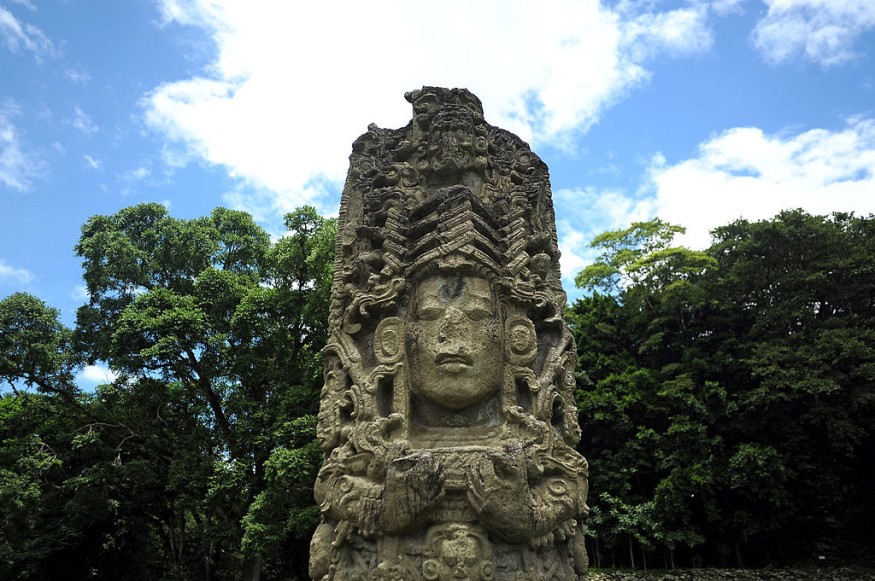5 Famous Honduras Monuments That You Have to See

Honduras has a rich and unique history, and one of the best ways to learn about its history is by visiting its most important monuments.
The country has long been a cultural melting pot, as evidenced by many different groups that left indelible imprints on the nation's very foundation.
Mesoamerican cultures like the Maya were influential before the Spanish colonization dominated the 16th century, besides the emergence of the gold rush.
A remarkable fusion of Spanish and indigenous influences emerged because of the simultaneous introduction of Catholicism and the Spanish language, which is widely spoken today.
5 Famous Monuments in Honduras
Despite achieving independence in 1821 and becoming a republic, Honduras is plagued by political unrest and widespread poverty.
However, the country is still well-known for its breathtaking natural beauty, unspoiled landscapes, and many historical monuments, making Honduras an excellent tourist destination for history buffs.
Copan
Located not far from the town of Copan Ruinas in Honduras, Copan is an archaeological site featuring the ruins of a significant Maya settlement, which was likely the most influential city in the southeastern area occupied by the civilization.
Copan has several beautiful structures open to the public that are among the reasons for its UNESCO designation. Copan is an impressive city with five main plazas, an acropolis, and various temples, terraces, pyramids, and homes.
Staircases, buildings, temples, and altars are covered in great symbols depicting animals and human features. The neighboring sculpture museum provides exciting insight into Maya art and culture that is worth visiting.
READ NEXT : Honduras vs. Ecuador: Comparison by Culture, Sports, History, Landmarks, Celebrities and More
San Fernando Fortress
Omoa is a city on the coast of a tiny bay in Honduras. Pre-Columbian indigenous peoples abandoned the town, and Spanish colonists re-established it in the 16th century.
It is home to a massive, 4,400-square-meter Spanish fort called San Fernando Fortress, which was constructed in the 18th century to ward off Atlantic pirates and eventually become one of Central America's most vital defensive outposts.
The Honduran government abandoned it after the Brits left, turned it into a prison, and subsequently turned it into a tourist attraction. Anybody curious about the local military's past should check it out.
Santa Barbara Fortress
Trujillo has a great fortress with many stories of bravery for the love of the country. During the Spanish colonial era, the Santa Barbara Fortress in this town was constructed around 1550 to stave off pirate attacks on the harbor and the surrounding coastline.
Many confrontations against pirates had been placed there, the most well-known being the 1860 conflict with William Walker. The government of Honduras recognized the fort's historical significance and designated it a national monument in 1990. This small place is perfect for a day trip in the neighborhood.
Comayagua
This entire city is a historical landmark because it has large colonial-style buildings. It became the capital of the Honduran Empire in 1537 after its founding. The capital city of Honduras moved between Comayagua and Tegucigalpa several times between 1821 (when independence was achieved) and 1880.
Spending a few days here would be fantastic for sightseeing. The clock in the town square is an essential part of each visit. It is the continent's lone oldest one.
Cayos Cochinos National Marine Monument
You will encounter one of the most amazing Honduras' monuments on the country's northern Caribbean coast, some 30 kilometers south of the bay islands.
This is not a historical site, but the Cayos Cochinos National Marine Monument is unique as it is home to around 66 unique coral reef species and several other fish and sharks.
Visitors are welcome at any time of the year, but you must meet a set of requirements before going to this site and spending some time here to ensure that each visitor leaves the least adverse impact during their visit.
Marine national monuments are typically sites designated to conserve and protect some of the remaining pristine ocean ecosystems.
This is owned by Latin Post.
Written by: Bert Hoover
WATCH: Honduras: Copán Ruinas Was a Thriving City - Until One Day, It Went Away - From National Geographic
Subscribe to Latin Post!
Sign up for our free newsletter for the Latest coverage!

















